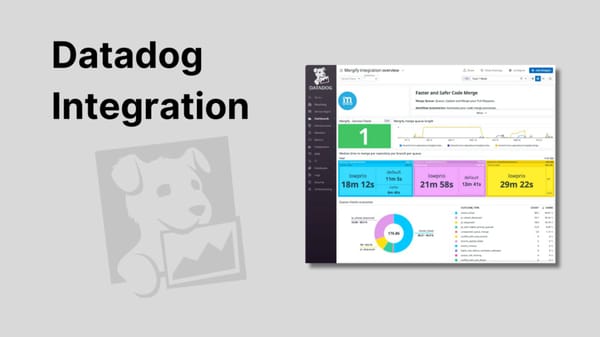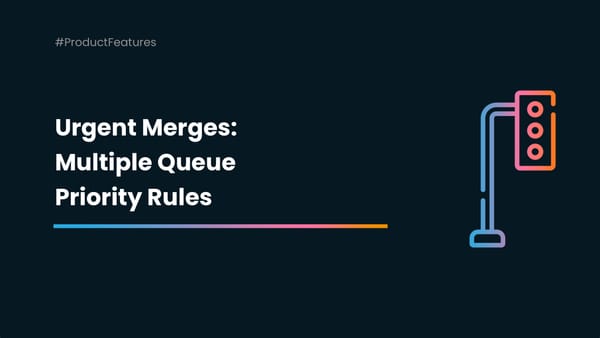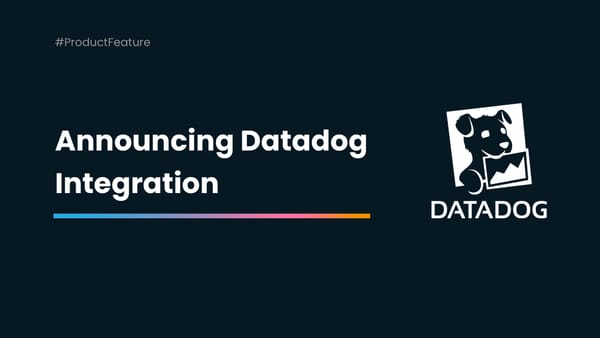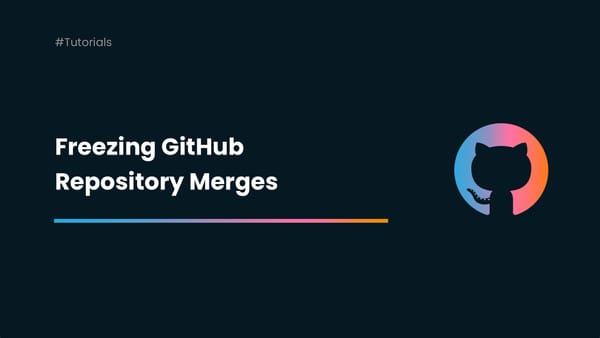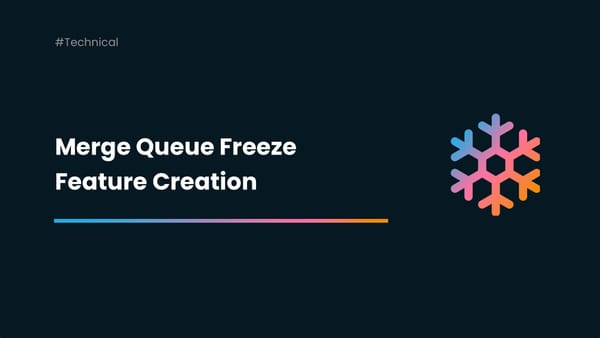
Product Features
GitHub's Merge Queue Isn't Enough for Large Teams
Why large engineering orgs quickly hit the limits of GitHub's queue — and what they actually need. Over the last couple of years, GitHub has been rolling out its own merge queue feature. It's a welcome recognition of a real problem: teams need better ways to manage

